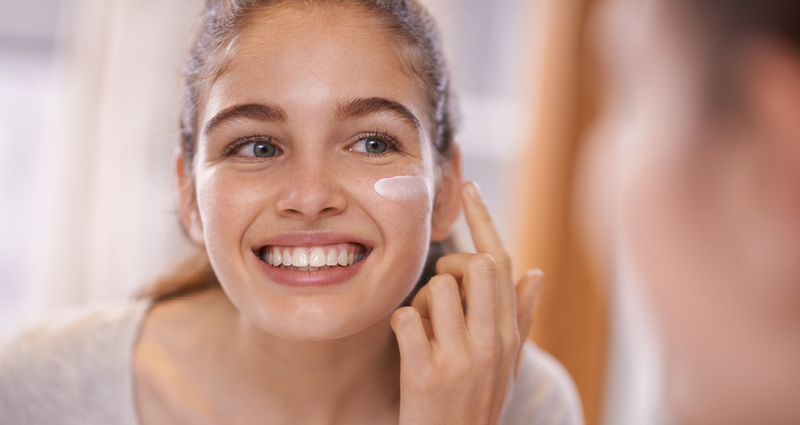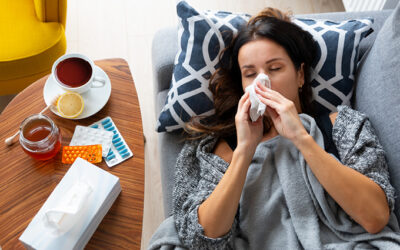Summer means more time outside — and more things to think about when it comes to skincare, especially for tweens and teens.
Heat, humidity, sunscreen and sweat can combine to create the perfect storm for clogged pores and breakouts. Here’s how to help your child keep their skin clean, protected and breakout-free all season long.
Sunscreen: Always, Always, Always
Sunscreen is a non-negotiable for all ages. Look for a broad-spectrum sunscreen with SPF 30 or higher and encourage your tween or teen to apply it every morning, especially if they’ll be outdoors. Reapply every two hours and after swimming or sweating.
Bonus tip: Mineral-based sunscreens (like those with zinc oxide) tend to be gentler on breakout-prone skin.
Wash the Day Away
Applying sunscreen is step one. Washing it off is just as important. At the end of the day, sweat, sunscreen and dirt can mix with oil on the skin and lead to breakouts.
Encourage your tween or teen to wash their face with a gentle cleanser in the morning and before bed. After sports or swimming? A quick rinse (even with a splash of water) is better than letting sweat sit on the skin.
Don’t Overdo It
When pimples pop up, the instinct is often to scrub or use harsh acne products. But over-washing or using products that are too strong can dry out or irritate skin, making things worse.
Stick to simple routines:
- Gentle cleanser
- Lightweight moisturizer
- Sunscreen during the day
If they want to use a product with salicylic acid or benzoyl peroxide, start slow, just a few times a week, and watch for irritation.
Keep It Clean
Remind your tween or teen that clean skin doesn’t stop at washing their face. Sweat-soaked hats, helmet straps and even pillowcases can transfer oil and bacteria to the skin.
Simple switches like changing pillowcases weekly, wiping down sports gear and not sharing towels or makeup can make a big difference.
When to Seek Medical Help
If your child’s acne isn’t improving with over-the-counter products, or if it’s causing pain or embarrassment, it may be time to talk with your pediatrician. They can recommend stronger treatments or refer you to a dermatologist if needed.




